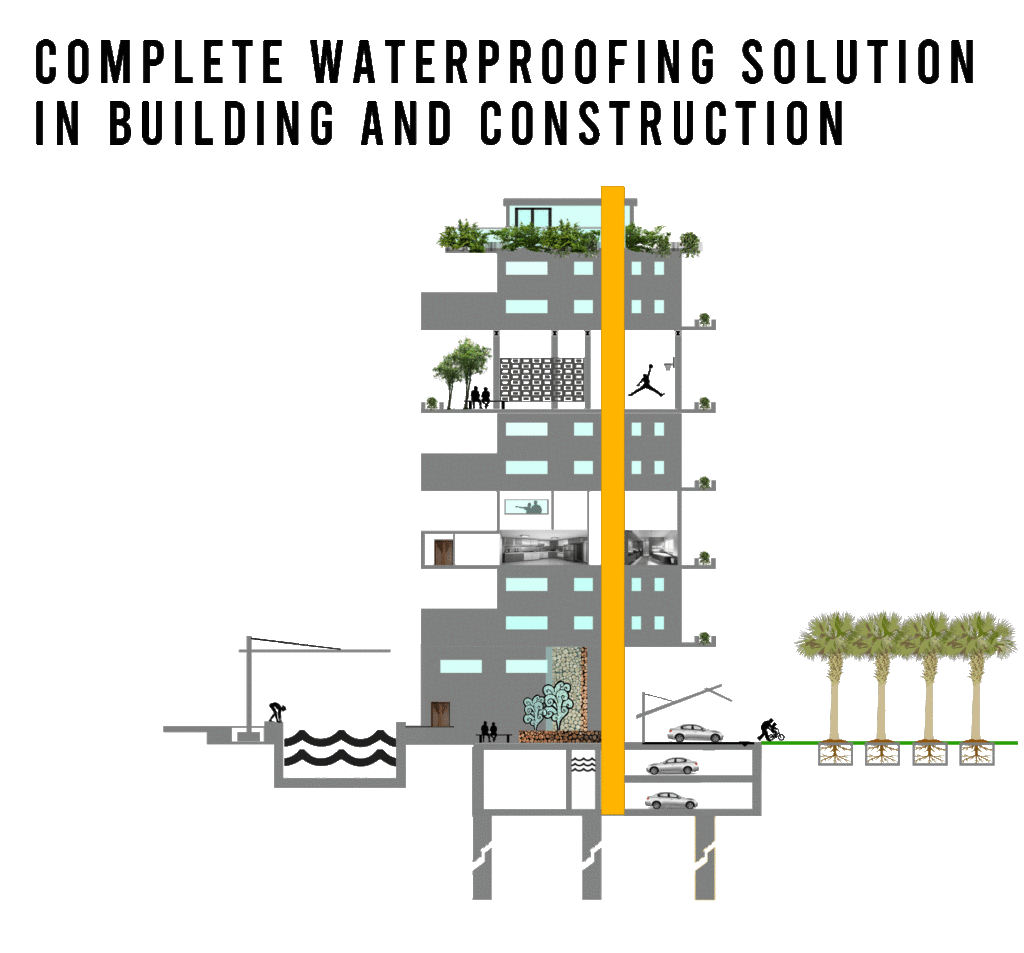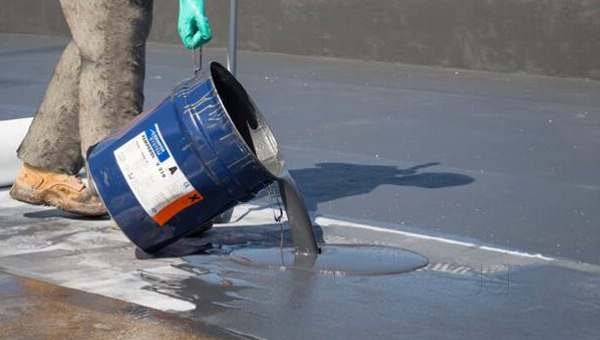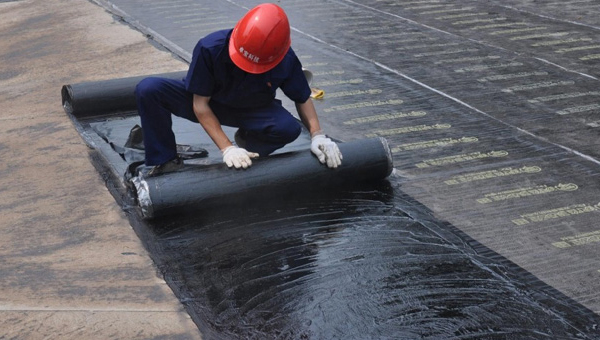
Waterproofing


Areas
that need lots of attention
Waterproofing-Complete Waterproofing Solution in Building and Construction-Roof, Decking, Balcony & Terrace, Lift Shaft, Parapet / External Wall, f. Planter Box, I Beam / Column, Roof Garden, Cladding, Kitchen, Toilet / Wet Area, Metal Structure, Open Space Car Park, Root Inhibitor, Basement Carpark, Water Tank, Basement, Retaining Wall, Water Feature & Pond, Outdoor Furniture, Swimming Pool, Metal Shelter & Structure, Concrete Pile, and more.
Waterproofing = Complete water impermeability.
Water Resistance = Ability to resist some water exposure.
Damp Proofing = Resistance to humidity and dampness.
MVTR = Measures water vapor permeability.
Article by
Professional Waterproofing Specialist
Keep Water Out: Understanding Waterproofing, Water Resistance, and Damp Proofing
When it comes to construction, home improvement, or product design, effectively managing moisture is crucial. This guide breaks down the key terms: waterproofing, water resistance, and damp proofing, explaining how they protect against water damage.
What is Waterproofing?
Waterproofing is the process of making a surface or structure impermeable to water. A waterproof material or system prevents water from penetrating, even under pressure. This is essential for areas constantly exposed to water or submerged environments. Think of basement waterproofing, roof waterproofing, or creating waterproof electronics.
Understanding Water Resistance
While similar, water resistance offers a lower level of protection than waterproofing. A water-resistant material can withstand some exposure to water without being damaged, but it’s not designed for prolonged submersion or high water pressure. Many everyday items, like some jackets or watches, are water-resistant.
Damp Proofing Explained
Damp proofing focuses on resisting moisture and humidity, rather than standing water. It aims to prevent dampness from penetrating walls and floors, often through the use of damp-proof membranes. This is vital for maintaining healthy indoor air quality and preventing mold growth.
Moisture Vapor Transmission Rate (MVTR)
For a more technical understanding, the Moisture Vapor Transmission Rate (MVTR) measures how much water vapor can pass through a material over a specific time. This is an important consideration for breathable building materials and moisture management in various applications.
Understanding these distinctions is key to choosing the right protection for your specific needs and ensuring long-lasting, water-damage-free results. Whether you’re a homeowner looking into foundation waterproofing or a manufacturer designing waterproof products, knowing the difference matters.

Page.Promo
You can adopt or rent a page to promote your upcoming campaign, whether it’s a product launch, market survey, special promotion, or brand awareness initiative.
